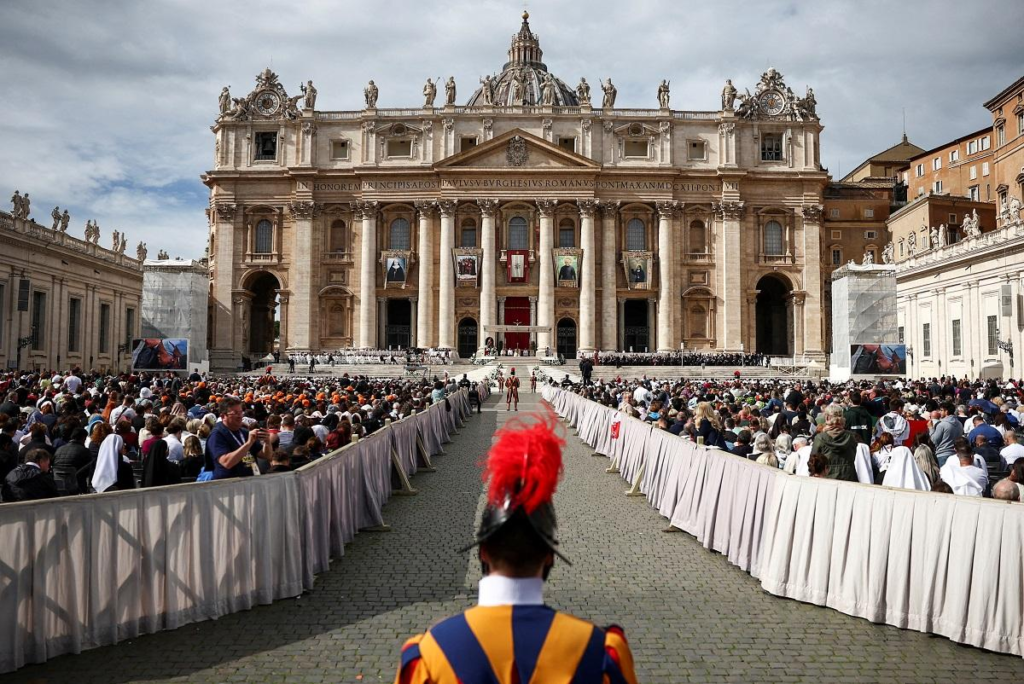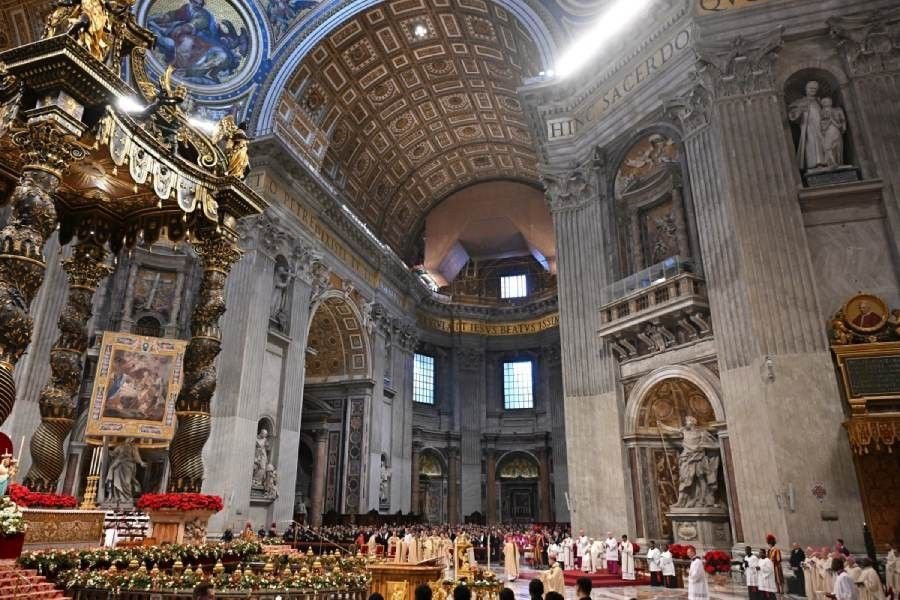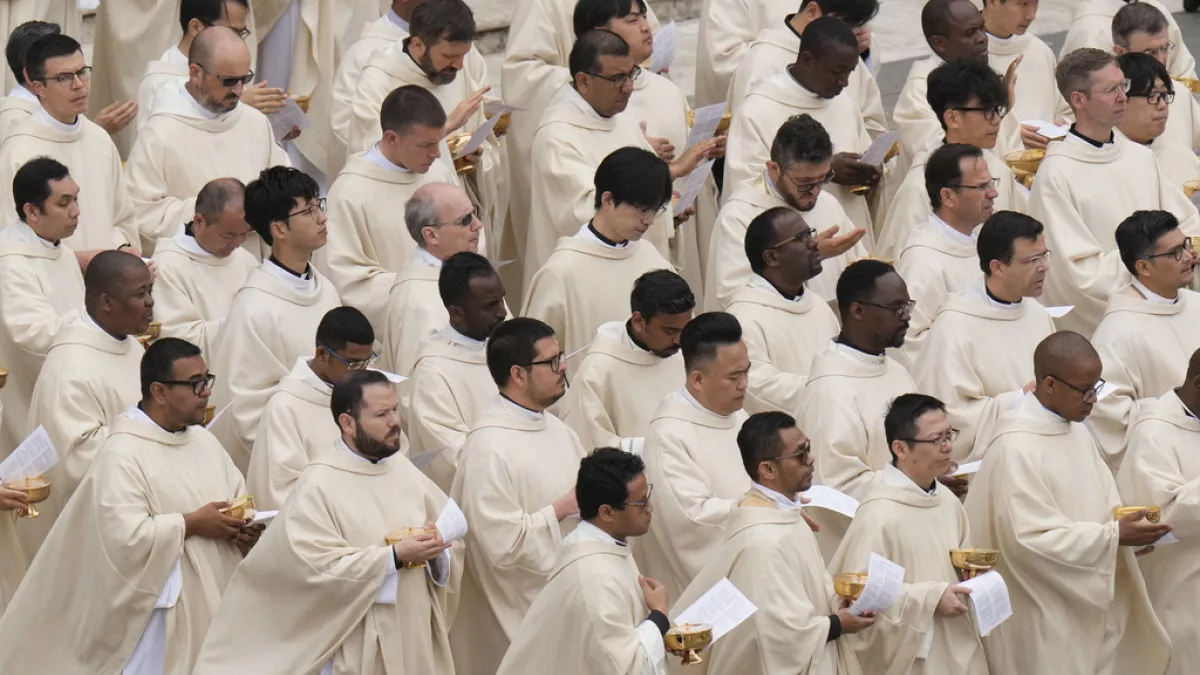The Roman Catholic Church in Italy has recently introduced new guidelines that cautiously address the inclusion of homosexual men in seminaries, provided they adhere to strict conditions. Approved by the Vatican, these guidelines shed light on the evolving, albeit complex, stance of the Church toward LGBTQ individuals within its clergy.
The Church’s Stance: A Balancing Act
The guidelines issued by the Italian Bishops’ Conference emphasize that homosexual men can train to become priests if they uphold the principles of chastity and celibacy. However, the document explicitly bars individuals who openly support “the so-called gay culture” or exhibit deeply rooted homosexual tendencies.
This nuanced approach demonstrates the Church’s attempt to maintain traditional doctrine while addressing the realities of a modern, inclusive society.
The guidelines acknowledge that candidates for the priesthood must be evaluated not solely on their sexual orientation but on their ability to live a chaste life and integrate their identity into the broader context of their personality and vocation.
The document states, “The Church, while profoundly respecting the persons in question, cannot admit to the seminary and to Holy Orders those who practise homosexuality, present deeply rooted homosexual tendencies or support the so-called gay culture.” This distinction reveals an underlying tension within the Church, balancing respect for individuals with adherence to its teachings.
Pope Francis: A Push for Inclusion Amid Controversy
Throughout his papacy, Pope Francis has encouraged a more inclusive Roman Catholic Church, often extending his pastoral hand toward LGBTQ Catholics. In 2013, his statement, “Who am I to judge?” regarding gay individuals seeking God, signaled a progressive shift in tone, if not doctrine.
Read : Thousands of Human Bones Found on Gay Serial Killer Herb Baumeister’s Fox Hollow Farm in Westfield
The recent guidelines reflect this evolving perspective by allowing homosexual men to enter seminaries under certain conditions. While the Church remains firm in its view that same-sex acts are “intrinsically disordered,” the new rules suggest a more holistic approach to evaluating candidates for the priesthood.
Read : The Rainbow Connection: How the Rainbow Became a Symbol of the LGBTQ+ Community
However, Pope Francis’ own comments have not been without controversy. In a closed-door meeting with Italian bishops, he reportedly used a vulgar slur to criticize what he perceived as an excess of homosexual culture within seminaries.

This contradiction between his call for inclusion and the use of derogatory language has sparked mixed reactions, illustrating the complexities of leading an institution grappling with modern values.
Despite these inconsistencies, some observers view the guidelines as a significant step forward. Francis DeBernardo, head of the US-based New Ways Ministry, described the rules as clarifying ambiguous policies that previously fueled fear and discrimination against gay seminarians.
Similarly, Jesuit priest James Martin highlighted the importance of evaluating candidates based on their ability to lead a healthy, celibate life rather than solely on their sexual orientation.
Implications for LGBTQ Catholics
The introduction of these guidelines represents a delicate shift within the Catholic Church, one that seeks to reconcile tradition with a more compassionate approach. However, the conditions attached to the inclusion of homosexual men—namely, the rejection of “gay culture”—highlight ongoing challenges for LGBTQ Catholics.
For many LGBTQ individuals, identity and culture are intertwined. By mandating a separation between one’s sexual orientation and outward support for LGBTQ causes, the Church risks alienating those who feel their identity is not fully accepted.
Critics argue that such conditions reinforce the idea that homosexuality is inherently incompatible with the priesthood, perpetuating stigma within the faith community.

Yet, the guidelines also offer a glimmer of hope for those who seek to reconcile their faith with their identity. By emphasizing the importance of chastity and celibacy for all priests, regardless of sexual orientation, the Church reaffirms its commitment to a universal standard.
This approach could pave the way for greater acceptance of LGBTQ individuals within the clergy, provided they adhere to the Church’s expectations.
The broader implications of these guidelines extend beyond seminaries. They signal a potential shift in how the Church engages with LGBTQ Catholics, offering a model that balances respect for individual dignity with adherence to doctrine. While far from perfect, this approach reflects a gradual evolution in the Church’s relationship with marginalized communities.

The Vatican-approved guidelines allowing homosexual men to train as priests in Italy, under strict conditions, mark a cautious yet significant development in the Catholic Church’s stance on LGBTQ inclusion. By prioritizing celibacy and personal harmony over sexual orientation alone, the Church attempts to navigate the complex intersection of tradition and modernity.
While the restrictions on supporting “gay culture” may alienate some, the guidelines also offer a path forward for those committed to their faith and vocation. As Pope Francis continues to encourage a more inclusive Church, these rules reflect both progress and the enduring challenges of reconciling doctrine with the realities of a diverse, evolving world.
The future of LGBTQ inclusion within the Catholic Church remains uncertain, but the dialogue sparked by these guidelines underscores the importance of addressing these issues with compassion, understanding, and a commitment to justice.

